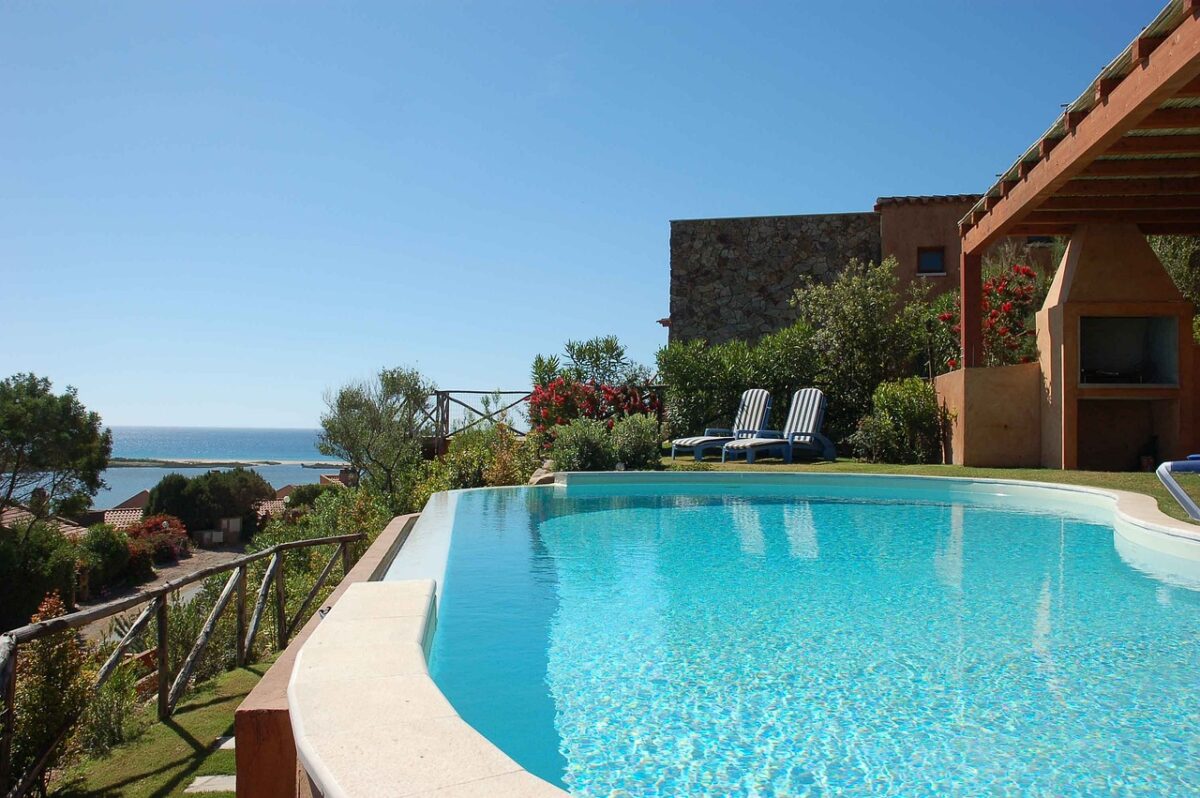The California Energy Commission (CEC) has issued flexible demand standards for swimming pool controls. Starting in September 2025, pool controls sold in the state must default to operating pool equipment when electricity prices and greenhouse gas emissions are low. Both conditions are met at times of high renewable generation.
The commission has set a goal to achieve 7 GW of load flexibility by 2030, to complement 38 GW of new clean generation capacity the state projects to need by that year. Load flexibility can shift some consumption to times of high renewable generation, reducing renewables curtailment.
The pool control standards will help meet the 7 GW load flexibility goal, the commission said, delivering nearly 400 MW of flexible demand by 2030. The commission estimates that consumers on a time-of-use rate plan can save $1,131 over the life of the pool control, through operation when electricity costs are lowest.
To lay the groundwork for improved time-of-use rates, the commission set a requirement last year for the state’s large utilities and large community choice aggregators to develop retail electric rates that change at least hourly to reflect grid costs, and post those rates to a state database.
Working in coordination, another California agency, the California Public Utilities Commission (CPUC), had previously decided to institute a rulemaking to advance demand flexibility through electric rates, a practice sometimes called “sending prices to devices.” That decision was informed by a CPUC staff white paper on opt-in dynamic pricing.
The CEC was granted authority to adopt flexible demand appliance standards in 2019 by California Senate Bill 49. Pool controls are “the first of many devices” expected to be “upgraded,” the CEC said.
A Pacific Northwest National Laboratory study found that allowing customers to opt for real-time pricing, and to shift some consumption to lower-priced periods, would lower customer bills 10% to 17%, including savings for those who don’t opt in, and could save $33 billion per year nationwide.
Pilot studies in California have demonstrated that real-time pricing works, and the CPUC has noted that “several jurisdictions currently offer real-time pricing rates.”
The California Community Choice Association has called on the CPUC to expand statewide a pilot program for opt-in dynamic pricing for farmers using automated agricultural pumping equipment.
California’s new pool control standards include cybersecurity standards to protect consumers using flexible demand appliances connected to the internet. User consent is required for the device to send and receive information, including data on changing electricity prices.
The CEC said the new standards complement the agency’s “historical role in adopting world-leading standards for appliance efficiency, building energy efficiency, and load management.”
This content is protected by copyright and may not be reused. If you want to cooperate with us and would like to reuse some of our content, please contact: editors@pv-magazine.com.








By submitting this form you agree to pv magazine using your data for the purposes of publishing your comment.
Your personal data will only be disclosed or otherwise transmitted to third parties for the purposes of spam filtering or if this is necessary for technical maintenance of the website. Any other transfer to third parties will not take place unless this is justified on the basis of applicable data protection regulations or if pv magazine is legally obliged to do so.
You may revoke this consent at any time with effect for the future, in which case your personal data will be deleted immediately. Otherwise, your data will be deleted if pv magazine has processed your request or the purpose of data storage is fulfilled.
Further information on data privacy can be found in our Data Protection Policy.